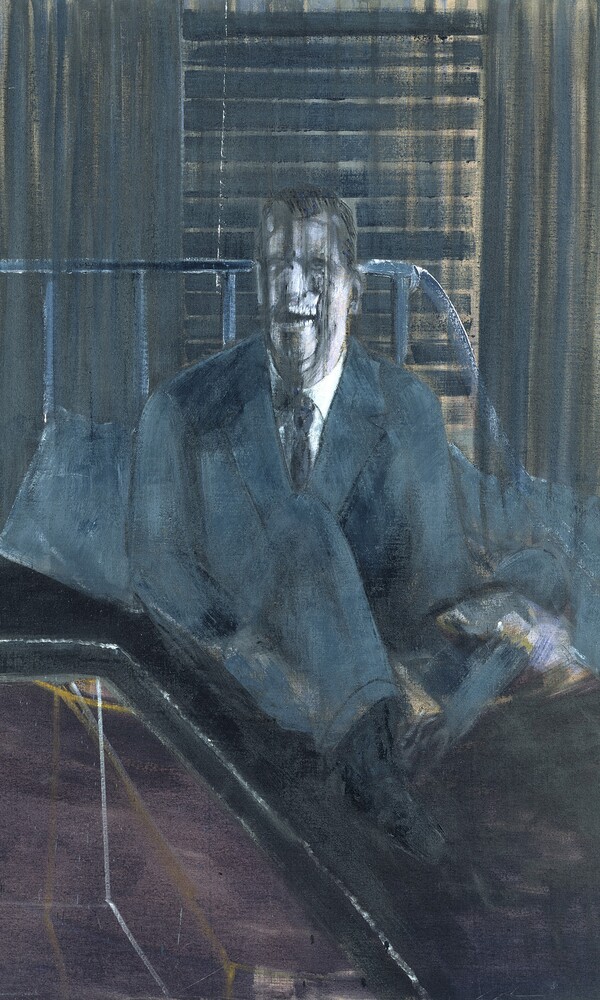Artists who refused to comply with the National Socialists’ notions on art were segregated. During this time of restrictions, artists in Hamburg, too, suffered from this decree on art. Frequently they were threatened with prosecution. Nonetheless many of them continued to work as artists. This exhibition presents works by renowned Hamburg artists, such as Eduard Bargheer or
Karl Kluth, but also by some who had been forgotten, such as Kurt Jückstock or Annemarie Ladewig. They all share the experience of segregation.
After the NSDAP came to power in Germany, all artists were supposed to join the Reichs-kammer der bildenden Künste (Reich’s Chamber of Visual Arts), Jews however, could not join. The Hamburg Secession, meeting point of the avant-garde in Hamburg, dissolved in May 1933 so it would not be forced to exclude its Jewish members.
Creative freedom came to an end. The 12th exhibition of the Hamburg Secession was closed in March 1933, a fate shared with the exhibition Painting and Sculpture in Germany presented by the Deutsche Künstlerbund (German Federation of Artists) at the Hamburg Kunstverein (Art Association) in July 1936. The following year saw “degenerate” art in all German Museums confiscated. A show with a selection of these works toured throughout Germany. In Hamburg approximately 1400 art works were seized, among them works by Rolf Nesch, Richard Haizmann, Heinrich Stegemann, Arnold Fiedler, Willi Nass and Alma del Banco. Towards the end of 1938 this exhibition reached Hamburg.
Fear and despair are present in the paintings of artists, who refused to accept the conditions of the National Socialists.
Seemingly guileless themes such as landscapes or still lifes by Karl Kluth, Eduard Bargheer and Fritz Flinte, for example, acquire a second meaning, if one considers the conditions in which the paintings were created. The depression becomes tangible as Imminent Peril, title of the first cabinet in this exhibition.
Winter Landscapes are rather frequent in German paintings of the twenties. The ubiquity of the subject, however, does not belie the torpidity, which captures the mood of the thirties, as these artists experienced it.Tension governs the relationships of the figures in the paintings shown in the third cabinet. People keep their distance, distrust becomes almost tangible.
The isolation of many Hamburg artists of the time is mirrored in the often bitter expression in their self-portraits. The Look into the Mirror must have been challenging for them.
The Look into the Distance is filled with longing. The artists found different ways to express their Resistance within the Image. The works in this cabinet are filled with disdain and accusation on the one hand, melancholy and depression on the other.
The war, especially the ‘firestorm’ of Hamburg from July 25th to August 2nd, 1943, prompted many artists to record The Destroyed City or impressive testimonies of People during War in their paintings and drawings.
The final chapter of the exhibition, After the End, illustrates the dichotomy of despair over death and destruction – and hope for regeneration.
